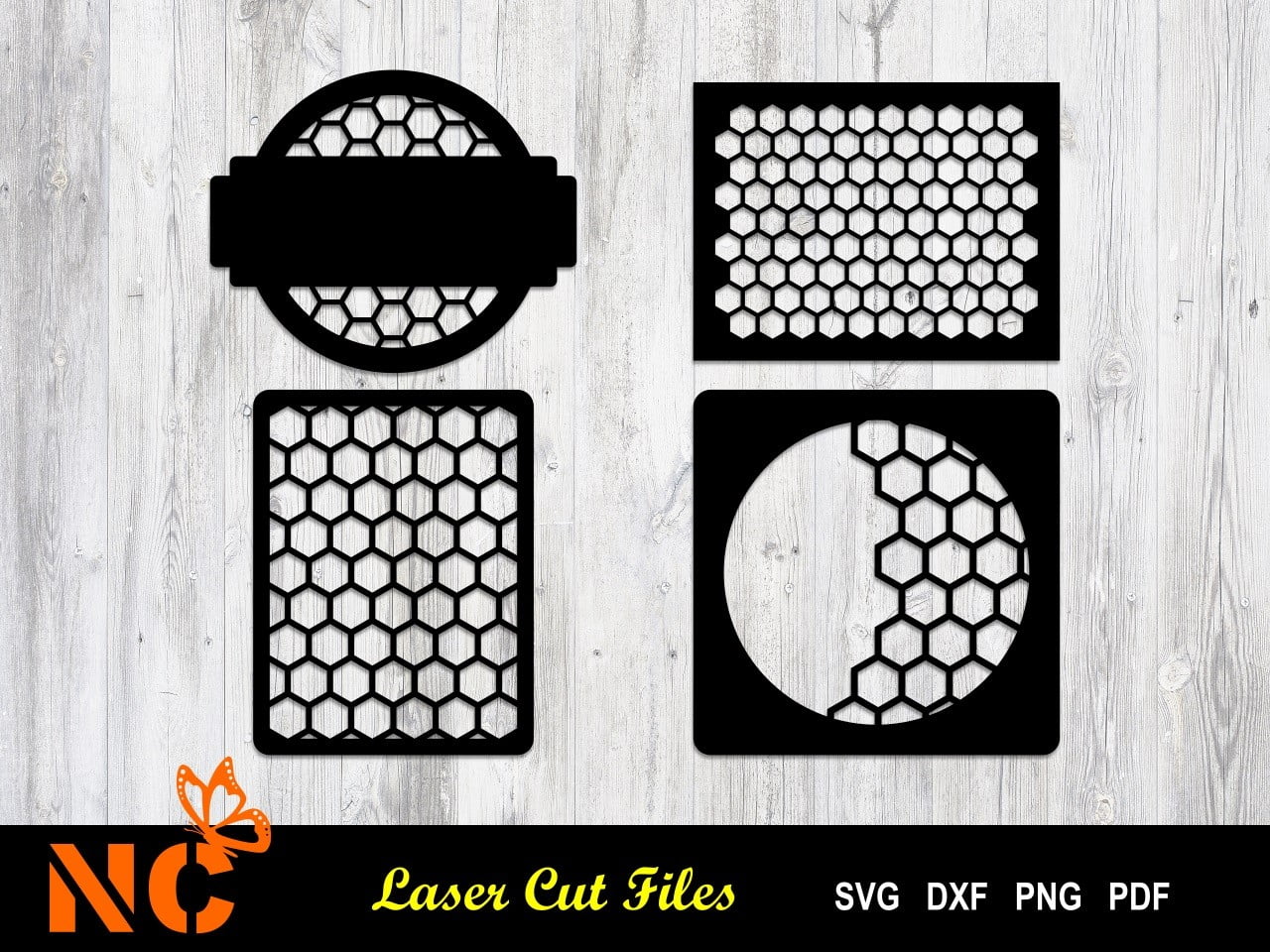Welcome to the delightful world of Honeycomb SVGs, where intricate patterns come to life in the digital realm. These charming designs draw inspiration from the natural symmetry of honeycomb structures, creating a visually appealing tapestry of shapes and colors that captivate the eye. Honeycomb SVGs offer a unique blend of art and technology, allowing designers to bring a touch of nature's beauty into their digital creations.
The enchanting allure of Honeycomb Pattern SVGs lies in their versatility and creativity. With the ability to seamlessly integrate these intricate designs into various projects, from web development to graphic design, the possibilities are limitless. Whether used as a standalone element or as a background texture, Honeycomb SVGs add a touch of sophistication and charm that elevates the visual aesthetics of any digital masterpiece.
Creating Honeycomb SVGs
To create intricate honeycomb patterns using SVGs, start by setting up a grid system that mimics the structure of honeycombs. Utilize geometric shapes such as hexagons to form the basic framework of the design. Hexagons are key in achieving the characteristic look of honeycomb patterns due to their closely packed arrangement.
Once the foundation of the honeycomb structure is established, experiment with colors and gradients to bring the SVG to life. Consider using a warm color palette such as shades of golden yellow and amber to evoke the sweetness of honeycombs. Gradient fills can add depth and dimension to the pattern, enhancing its visual appeal.
To add a decorative touch to your honeycomb SVG, incorporate elements like honey droplets or bees buzzing around the hexagons. honeycombsvg can make the design more engaging and thematic, capturing the essence of a busy hive. Experiment with different motifs to personalize your honeycomb SVG and make it stand out.
Design Tips for Honeycomb Patterns
Creating honeycomb patterns in SVG can be a fun and creative process. When designing honeycomb patterns, consider using vibrant colors to make your design visually appealing. Experiment with different shades and gradients to give your honeycomb pattern a unique look.
To add depth and dimension to your honeycomb pattern, try overlaying multiple hexagonal shapes with varying opacities. This technique can create a beautiful layered effect that adds interest to your design. Additionally, playing around with different stroke widths and line styles can help enhance the overall appearance of your honeycomb pattern.
When incorporating text or icons into your honeycomb SVG, make sure to align them carefully within the hexagonal cells. Dripping Svg Hive Svg, Honeycomb Svg will help maintain the overall symmetry and balance of the pattern. Explore different fonts and sizes to find the perfect fit for your design, ensuring that the text or icons harmonize with the honeycomb structure.
Optimizing SVG Performance
When working with Honeycomb SVGs, optimizing performance is crucial to ensure smooth rendering and fast loading times. One key aspect to consider is simplifying the SVG code by reducing unnecessary elements and attributes. This helps streamline the file size and improve overall performance.
Another important optimization technique is to use inline SVG code instead of external files. By embedding the SVG directly into the HTML document, you can eliminate additional HTTP requests and reduce latency. This can lead to quicker load times and a better user experience when displaying Honeycomb patterns on a webpage.
Lastly, optimizing the SVG viewBox attribute can also enhance performance. By setting honeycombsvg to only encompass the necessary area of the SVG graphic, you can prevent unnecessary rendering of hidden or out-of-view elements. This targeted approach to defining the viewBox helps optimize rendering performance for Honeycomb pattern SVGs.

